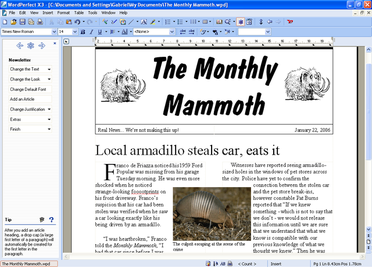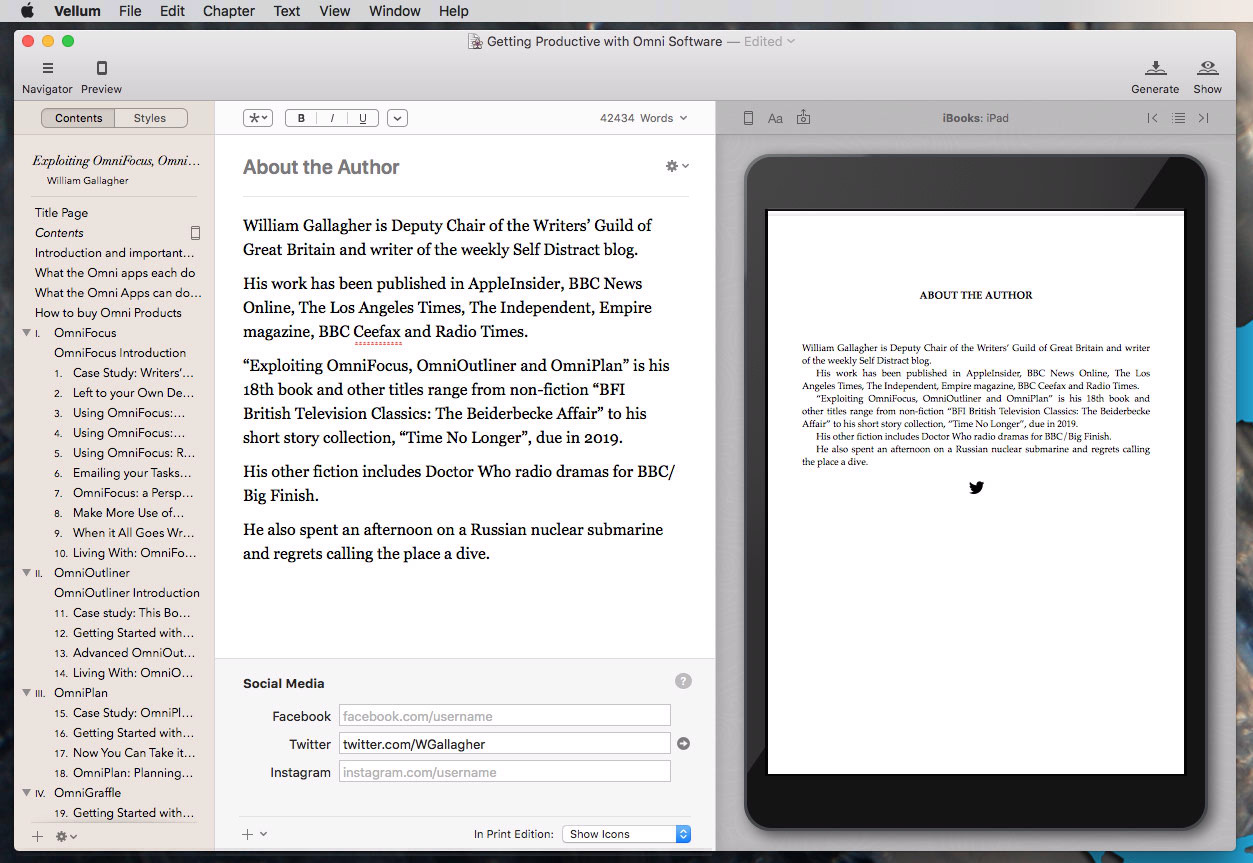
This allows interoperability with third-party apps and the easy conversion of the documents into any other format. An automatically generated HTML version of the paper can be found here.ĭocuments are internally represented in a human readable XML (MathML) format. All the derivatives taken in this document were generated automatically by the built-in symbolic algebra system and the graphs drawn by the built-in plotting engine. Please see Example Paper for a typical publication created with Cassiopeia. Most users prefer to keep their documents locally.ĭocuments can arbitrarily be hyperlinked like HTML documents in the world wide web and references established to all kinds of objects (equations, bibliography entries, section, figures.) in the same or any other document. Alternatively users can decide to make use of the Advanced Science Cloud, a readily available datastore for Cassiopeia hosted in the Advanced Science datacenter. Cassiopeia automatically installs a readily configured database on the local machine if none is found and uses that for the datastore. Making use of a database in the persistence layer allows an entire workgroup of scientists to securely work on the same set of documents.

The database server is started automatically when you try to login (seamless and maitenance-free operation). The FrontBase binary is only 1.9MB in size and puts close to no load on your machine. The built-in 2D plotting engine allows to create 2D graphs directly from equations of the document.Īll documents, books and bibliography entries are stored in a very light-weight relational database system. Cassiopeia can take derivatives and even solves a few integrals automatically. This means that entered equations have mathematical meaning and can therefore be processed by the integrated symbolic algebra system. Internally equations are represented by MathML content markup. Figues can simply be inserted by dragging in PDFs, PNGs,TIFFs. An Alt-Double-click sends the equation to the built-in symbolic algebra system for simplification.Ī palette with symbols and parts is also provided for looking up shortcuts or inserting parts and symbols via double-clicking on a palette enty. A double-click on an equation duplicates it into the next line. The cursor keys can now be used to select, cut and paste parts of the equation very efficiently. The in-place editing of equations in Cassiopeia allows users to manage even complex expressions with ease without disrupting the creative process (thinking on-screen).Ī click onto an equation activates formula mode and inserts a small red cursor at the current insertion point (see figure above) within the equation.
Standard mac word processor pdf#
This LaTeX code is automatically compiled and the resulting PDF opened in Preview.app.Ĭassiopeia includes a keystroke based equation editor for efficiently entering, duplicating and modifying mathematical expressions directly in the text stream. When it comes to printing Cassiopeia generates LaTeX code, the quasi standard for the publication of scientific papers and books. See Youtube Clip for a quick demo of the application and the usage of the built-in equation editor.


HTML export for one-click WWW publishing.LaTeX export for publications in book printing quality.multi user access for co-editing in workgroups.scientific word processing in a WYSIWYG environment.It combines the advantages of a What-You-See-Is-What-You-Get environment with the typesetting capabilities of LaTeX and provides engineers and scientists of all faculties (technical and non-technical) with a powerful solution for their daily documentation, publication and collaboration needs. Cassiopeia is a scientific word processing and document management system for MacOSX.


 0 kommentar(er)
0 kommentar(er)
